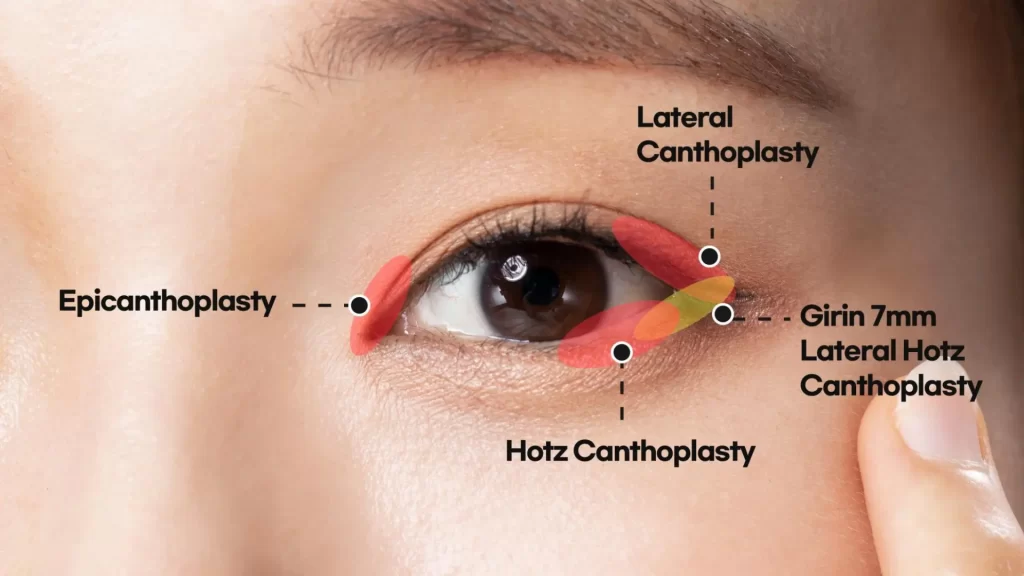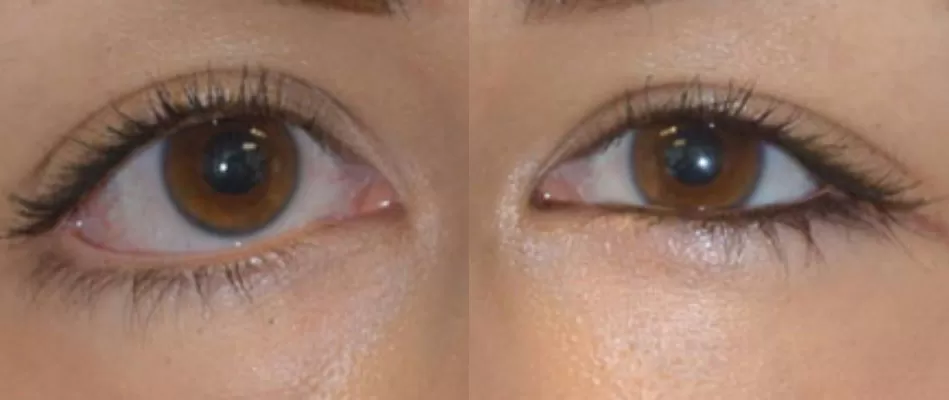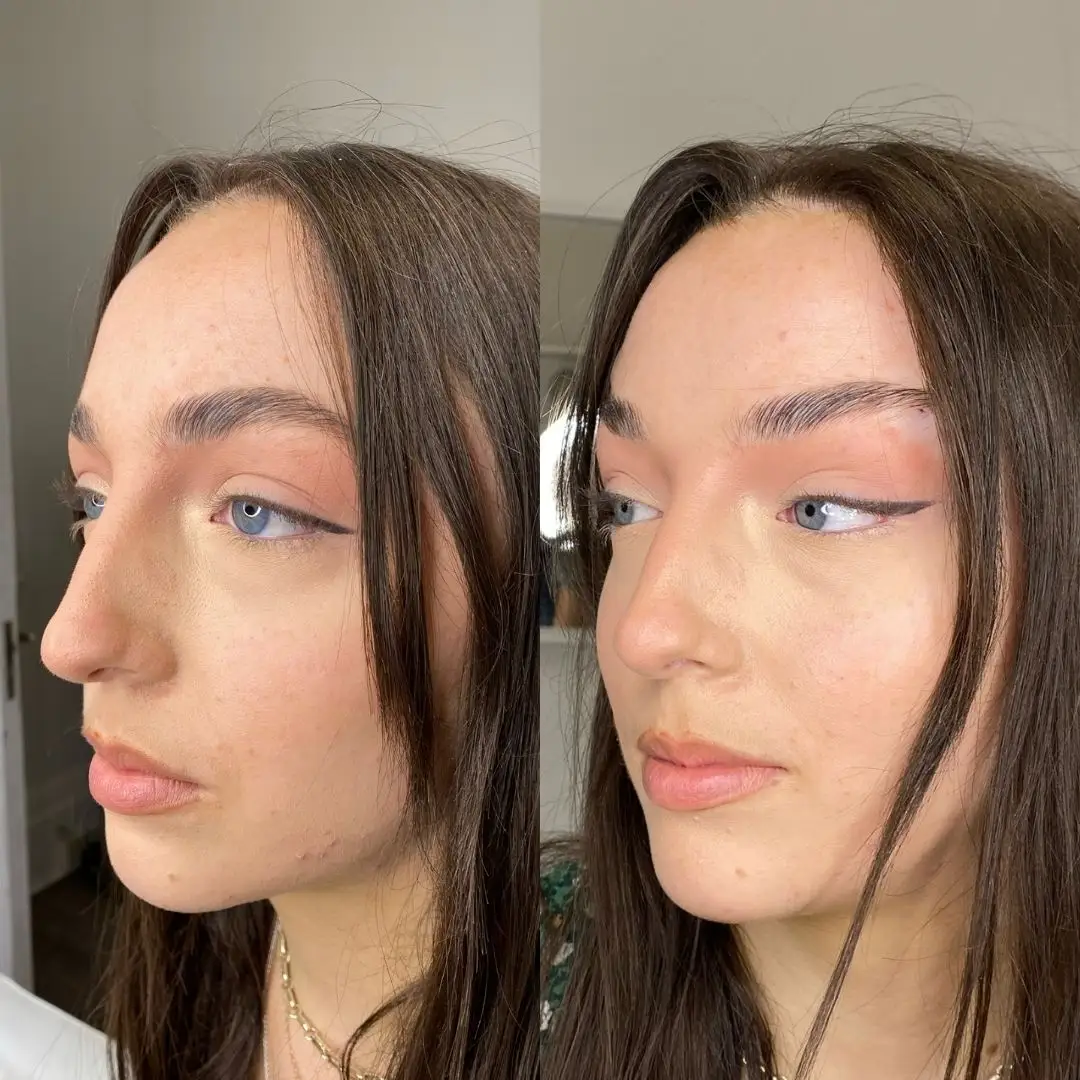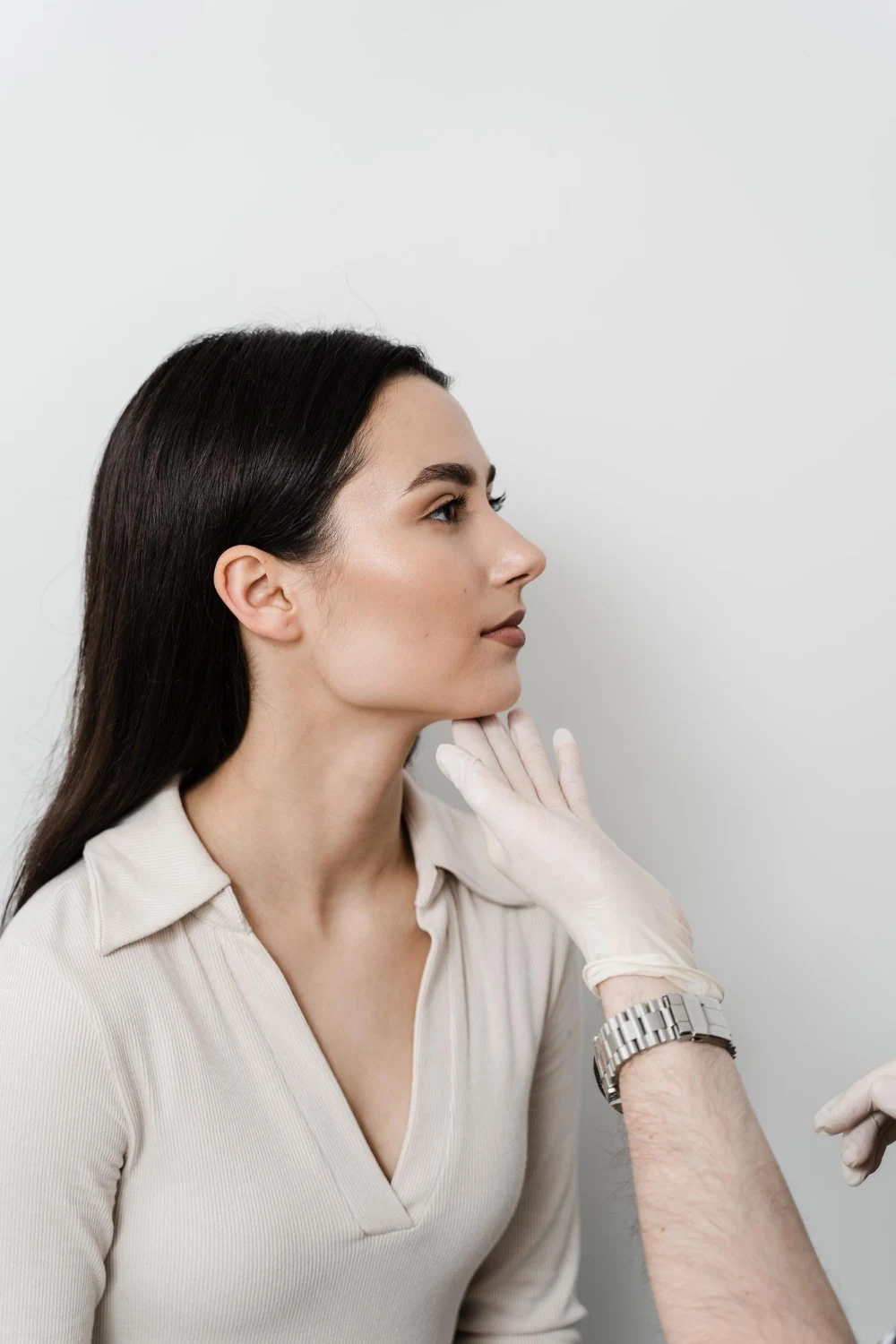Canthoplasty is one of the most effective ways to create an captivating eye new look. We consistently use our eyes to express emotions, and strong gazes alone can make a face charming. Canthoplasty, also known as almond eye surgery, can completely transform your appearance by creating more open and lifted eyes.
What exactly is canthoplasty eyelid surgery?
Canthoplasty eyelid surgery is a surgical intervention designed to alleviate the presence of drooping or sagging eyelids. In this procedure, a surgeon enhances the tautness of muscles, ligaments, and connective tissues situated at the eye’s corner to modify its shape. Additionally, this can lead to an enhancement in your peripheral vision. It’s worth noting that this intervention is deemed safe, efficacious, and yields lasting results.
Why should you consider canthoplasty?
Individuals contemplate Canthoplasty for various reasons, including addressing issues such as drooping or sagging lower eyelids, commonly referred to as ectropion. It may also be sought after experiencing eye trauma that leads to lower eyelid laxity, involving a loss of elasticity. Furthermore, some individuals seek Canthoplasty to rectify complications arising from prior eye surgeries that specifically impacted their lower lids.

What are the 3 types of canthoplasty offered?
Epicanthoplasty
Epicanthoplasty is a cosmetic procedure aimed at enhancing the aesthetic appeal of the eyes. The process involves the reduction of excess skin along the inner corner of the eye, which can lead to the formation of an unnatural fold. The goal is to create the illusion of larger, more open eyes by reshaping the inner corners. Additionally, it can be combined with other eyelid enhancement surgeries like blepharoplasty or eyebrow lift. Recovery generally spans about one week, with minimal swelling and bruising that typically subside shortly after.
Lateral Canthoplasty
Lateral canthoplasty is commonly performed to address the issue of drooping eyes. This particular procedure typically entails repositioning or tightening the lateral canthal tendon, which connects to both sides of the lateral orbital rim near the temple area. The process involves making an incision on each side of the eye, followed by lifting and tightening the lateral canthus muscles to reposition them in an upward direction.
This effectively diminishes sagging or wrinkling around the outer corner of the eyes, resulting in a more youthful appearance. Moreover, the surgery can contribute to improved vision by allowing increased light entry into the eye. Notably, it can also be utilized to address entropion—a condition characterized by the eyelid turning inward toward the eyeball, causing discomfort and irritation.
Lateral Hotz Canthoplasty
Lateral Hotz canthoplasty method entails creating an incision slightly above the inner corner of each eye, removing a small wedge-shaped piece of tissue from both sides. The remaining skin is then stitched together to form a more forward-sloping cantus or lateral canthus angle. This technique aids in minimizing the roundness and puffiness of the eyes, enhancing one’s gaze by expanding the eyes and establishing clearer contours around them.
Am I a suitable candidate for canthoplasty?
Generally, individuals with drooping eyelids or eyes that convey a tired appearance are considered appropriate candidates for canthoplasty. Furthermore, those with asymmetrical eyes or uneven lower eyelid heights may find benefit in undergoing this surgical procedure.
Individuals experiencing vision impairment due to excess skin on the upper eyelid might also be recommended for canthoplasty. It is crucial to emphasize that each patient’s situation is unique, and it is advisable to consult with an experienced ophthalmologist before making any decisions regarding treatment.
What are some useful tips if you are considering canthoplasty?
Before choosing canthoplasty, you should meet with a qualified plastic surgeon to evaluate your problems and medical history. Gain a complete understanding of the operation, its various kinds, and potential results. Maintain realistic expectations, taking into account individual variability in results. Examine alternate choices and compare before-and-after images from the surgeon’s past cases.
Canthoplasty Before and After
As mentioned above, reviewing before-and-after photos of canthoplasty is essential to get an idea before the surgery. This way, you can form realistic expectations by gaining a visual understanding. Here is the before-and-after of a canthoplasty procedure performed by Dr. Burak Sercan:

Canthoplasty FAQ
Is Canthoplasty risky?
While every surgical procedure carries inherent risks, it’s noteworthy that severe complications arising from Canthoplasty are exceptionally rare. Typically, swelling and bruising are common occurrences in the initial weeks following the operation. Additionally, within the same period, you might encounter symptoms such as dry eyes, increased tearing, and temporary blurred vision as part of the normal recovery process.
Does Canthoplasty leave a scar?
Fortunately, the majority of significant risks associated with canthoplasty are highly uncommon. Some patients prone to scarring may experience initial scarring after the surgery, but over a few months, these scars typically diminish and fade, resulting in a natural-looking outcome.
Is Canthoplasty expensive?
The price tag for canthoplasty isn’t set in stone; it fluctuates based on different things like how experienced the surgeon is, where you’re located, how complex the procedure is, and the facilities involved. Usually, canthoplasty falls under the cosmetic category, so insurance might not cover it unless there’s a solid medical reason.
You’ll need to budget for things like the surgeon’s fee, anesthesia, facility costs, and any follow-up care. If you’re curious to know more about plastic surgery and canthoplasty cost, feel free to reach out to us anytime!











